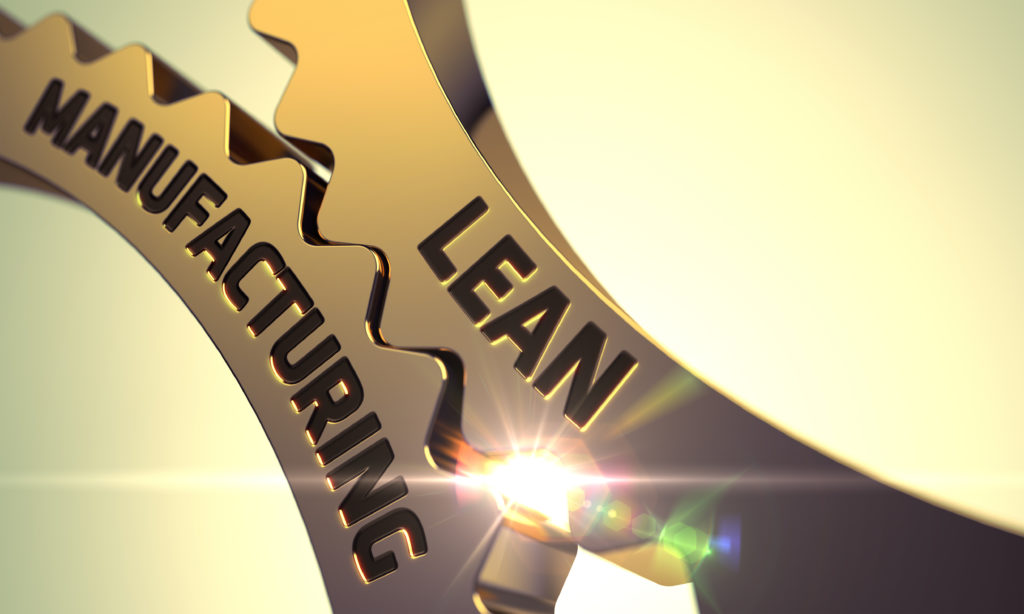How 5S Helps Companies Reach Maximum Efficiency
Starting With the First Step, Sort (seiri)
Making smart workplace improvements that 5S requires is not the main reason you do 5S. You make 5S workplace improvements because 5S methods reduce problems and mistakes so every time your work is done, it is your best work.
5S was Originally part of Lean manufacturing philosophy Toyota had become well known for, termed Total Production System (TPS). These principles became a methodology that can now be applied to more than just the manufacturing industry. You could organize your office with 5S.
Eliminating wasted time and unnecessary motion are universally applicable to everyone and every business. This philosophy comes from the Japanese words, “seiri, seiton, seiso, seiketsu, and shitsuke” which, roughly translated, mean to sort, sustain, standardize, shine, and set in order.
5S stops the causes of errors and defects that later become workplace problems to fix. We have taken the time to break down what each step of 5S means for your company. Understanding the concept is the first step towards implementation. The next step is hiring an expert to help. Implementation of these steps result in a more optimized workplace.
Sort
-
- Eliminate obstacles in the workplace
- Get rid of and prevent growth of unnecessary items
- Evaluate necessary items with regard to cost or other factors
- Segregate unwanted material from the workplace
- Develop plan to get rid of unnecessary items
- Establish schedule for workforce to check these items on regular basis
- Waste removal
This first and most important step in the “Sort” stage is to identify what being a necessary item means. With this agreement, the process will be completed with a standardized method, encouraging an outcome that is predictable and repeatable. The whole team should share the same perspective when approaching this complex activity.
If there is still conflicting views on whether an item is necessary or not, develop a list of questions to classify the item. Such as, how frequently is this item used, who is responsible for this item, should it be located here, etc. This universal set of questions will help when team members have different ideas about whether a particular item is necessary or unnecessary. This process will enhance productivity, quality, and overall implementation of the “Sort” stage.
Tips and Implementation:
- Identify items around the workplace that are not necessary to keep
- For items that you cannot get rid of immediately, develop a plan for future disposal
- Designate an area of the workspace to keep them so the rest of the facility remains sorted
- Companies can use different designated areas for different departments
- Items in designated area should only be kept for four months max
- Don’t forget before and after pictures. You can use before pictures to help identify what unnecessary items are
- Keep in mind the function, quantity needed, frequency of use, and location of item
- Keep questionable items in one area
- Frequency of use is a good indicator of its importance and where it should be located
- Assign responsibility for each item and each designated area
Ideas for disposal:
- Sell to another company
- Give away
- Discard and haul away
- Move to more sensible area of factory if still needed
- Return to supplier
Where you can begin to sort:
- Floor
- Work surfaces
- Aisles
- Unneeded furniture
- Walls
- Tool areas
- Raw materials area
- Employee break rooms
